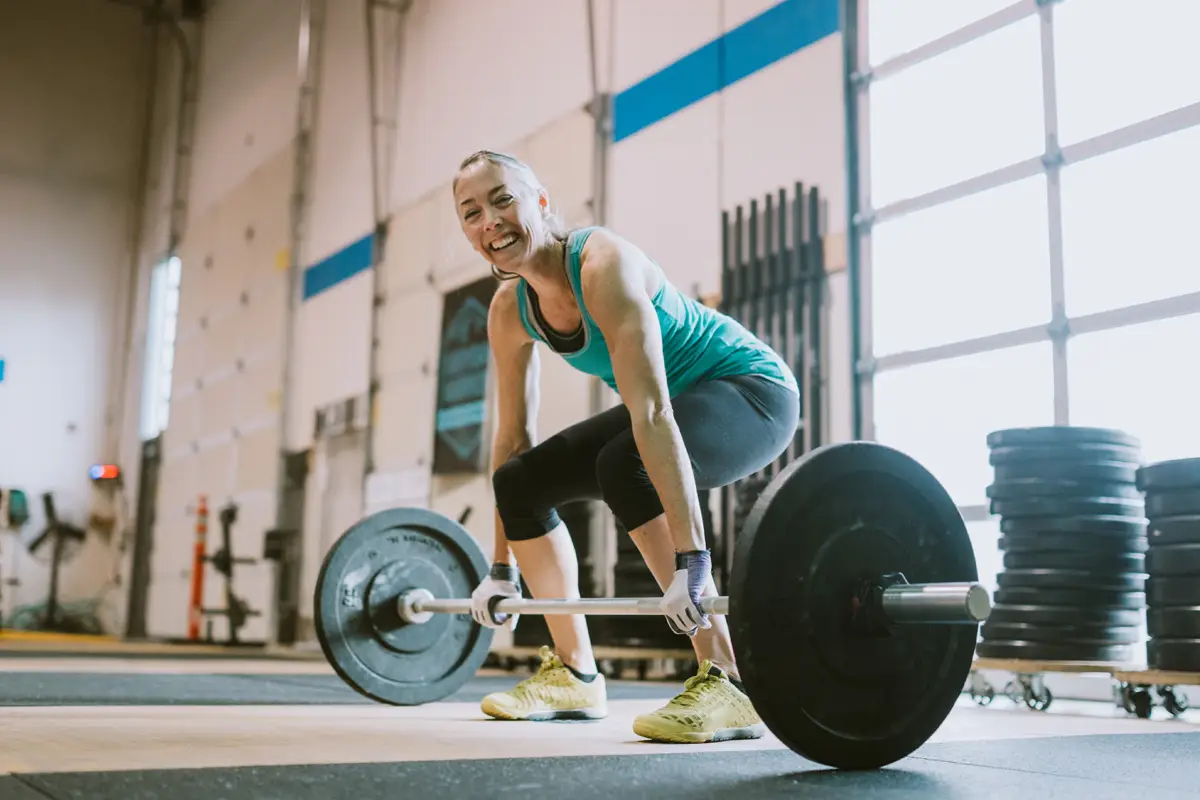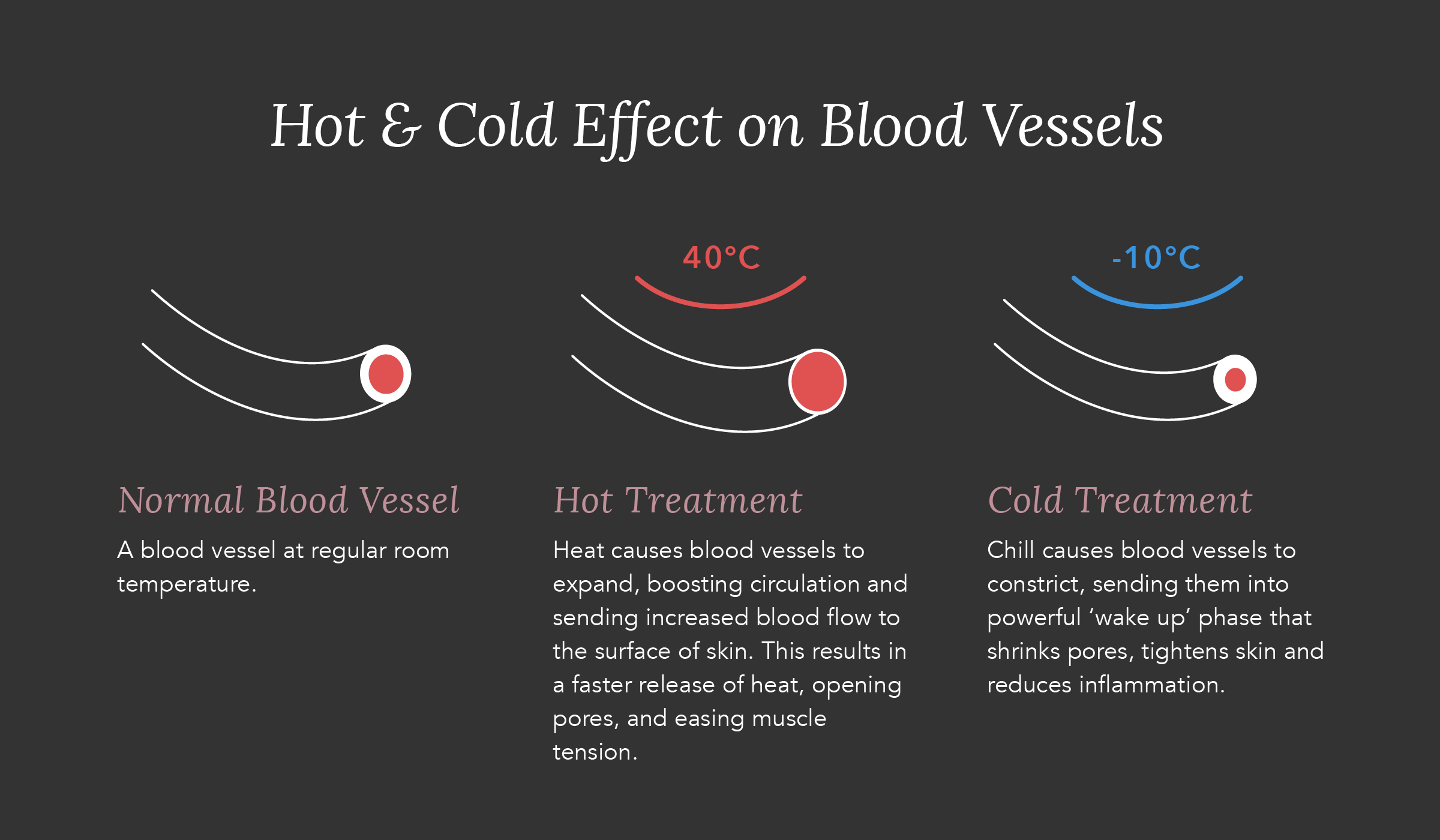I will be presenting on this topic at the National Strength and Conditioning – Wisconsin State Clinic this Saturday, so why not share with all of you as well! I have talked about this topic at length in previous Thursday Thoughts, as well as during training sessions, so hopefully this is more of a reminder than news to you.
Do you want to stay young and healthy longer? Woah, easy now, you don’t have to yell. Today I am going to teach you the easiest way to slow down the aging process, without any medications, and you’ll be jumping for joy!
You probably have heard the term plyometrics before, but you might not know exactly what they are. Plyometrics are defined as ‘the exercises that enable a muscle to reach maximum force in a short time’. Plyometric training is a series of explosive bodyweight exercises using the stretch-shortening cycle (SSC) of the muscle fiber to enhance physical capacity. Plyos are typically seen in track and field, team sport settings, and other sporting activities that require rapid and explosive movements. However, just because they’re mainly used by athletes doesn’t mean that the general population cannot use or experience the significant benefits these exercises provide.
Plyos place a high demand on motor neurons and their communication with the rest of the central nervous system (go back and read “How Does a Muscle Work” for a refresher). This means that before you can begin incorporating them into your training routine, you need to have a solid foundation of strength and movement. Once there, adding plyos to your regimen can open a door to a world of benefits:
- Increased tendon stiffness which reduces the risk of injury (ACL, UCL, Rotator Cuff, Patellofemoral Syndrome)
- Increase in muscular strength
- Increased bone density
- Improved coordination
- Increased power output and work capacity
Back to the whole “young and healthy longer” topic. From the ages of 15-35, humans are in their peak window of athleticism. Unfortunately, after age 35, our bodies begin to break down slowly. Typically, we see a reduction in strength, speed, power output, work capacity, and bone density, all of which gets a little worse each year.
*Wait a second… I’m pretty sure I just read there is a training technique that is supposed to improve all those things* – Light Bulb!
The anti-aging effect that occurs from using plyometric exercise works FOR ALL AGES! If you’re 75 years old and haven’t run or jumped since you were 18, PLYOMETRICS CAN HELP YOU. Possibly the greatest benefit for 65+ year olds is the reduced risk of falling, which has been linked to plyometric training.
There are two different classes of Plyometric exercises: Extensive and Intensive.
Extensive plyos consist of relatively low-impact exercises that can be used more frequently and with higher training volumes. Examples of extensive plyos would be jumping rope, pogo jumps, A and B skips, ball slams, vertical box jumps, and chopping exercises.
Intensive plyos consist of high impact and high neural demand exercises that are performed 1-2 times per week with very low volume. Examples of extensive plyos are depth drops, heavy KB swings, sprints, broad jumps, high hurdle jumps, and bounding.
There you have it, the recipe to living long and prospering is in your ability to stay active and athletic for as long as possible. Don’t stop being a kid at heart- get out there and run, jump and play!
Yours in athletic ability,
Nick






